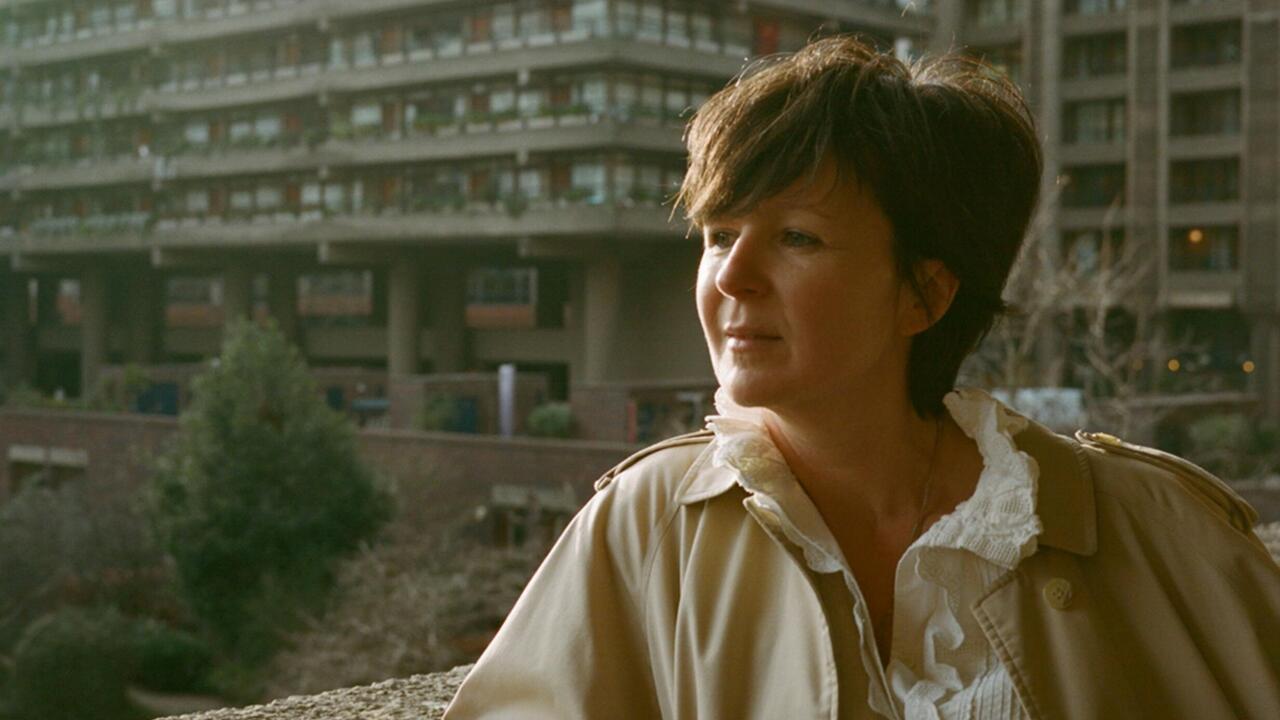The Body Snatchers
Philip Guston's 'Klan' paintings are more relevant than ever
Philip Guston's 'Klan' paintings are more relevant than ever

They came like the past returning, Philip Guston’s ‘Klan’ paintings, which is to say through a channel that opened up in his memory, connecting the violent year of 1968 with the agitations of his youth. How could you keep painting abstractions, walls of exquisitely distressed paint, when there were bleeding bodies in the streets? 1968 had been a year of assassinations: first, Martin Luther King Jr. in April and, then, Robert Kennedy in June. That August, like everybody else, Guston was watching the Democratic National Convention on television: 10,000 protestors, mostly peaceful, mostly young, getting beaten down with billy clubs by 23,000 police and National Guardsmen. It made a hole in him, and out of the hole the things appeared.
Guston painted his first Klansman that year; his first, that is, since the 1920s, when he’d had a series of run-ins with the Klan in Los Angeles, in their guise as strike-breakers. In response, he rendered the Klansmen as evil incarnate, drawn and serious – a lynched man hanging from a crooked tree evidence of their wicked work.
In the 1960s paintings, the Klansmen are cartoonish, worn-out: a tired, evil joke. ‘I felt, like everybody, disturbed about everything to such an extent that I didn’t want to exclude it from the studio, from what I did,’ he said in a lecture at Yale University in 1974. ‘I conceived of these figures as very pathetic, tattered, full of seams. I don’t know how to explain it. Something pathetic about brutality, and comic also.’ He gave them cigars to puff, cartoonish cars to drive. Sometimes, their robes were splattered with blood. Sometimes they painted themselves, puffing on a cigarette as they rendered the blanks of their eye holes.
This time, though, Guston wasn’t looking from afar. This time, he was inside the frame. Someone, some bozo, was underneath the hood, peering out at the world through slits in cloth. You have to bear witness, Guston kept saying – but he meant more than merely watching events unfold. He wanted to know what it felt like to be evil, to live with it on a daily basis. In his studio, in 1970, he scribbled notes on a yellow legal pad: ‘What do they do afterwards? Or before? Smoke, drink, sit around in their rooms (lightbulbs, furniture, wooden floor), patrol empty streets; dumb, melancholy, guilty, fearful, remorseful, reassuring one another?’
Reading this calls to mind the poet Claudia Rankine’s Racial Imaginary Institute, founded in 2016 to investigate the ways in which the structure of white supremacy in American society influences our culture. Guston knew who the victims were. Like Rankine, what he wanted to know was who did it.
At around the same time, his canvases were filling up with objects – what he called ‘tangibalia’ or ‘crapola’. Some of it was comic detritus – sandwiches and beer bottles – and some of it was sinister, disquieting, bizarrely upsetting. There were lightbulbs dangling from cords, falling bricks; there were piles of bodies, piles of limbs, piles of discarded jackets and shoes. Guston knew exactly what the fruits of those night drives were; he knew the endgame of white supremacy. It wasn’t necessary to show the lynched body, just the post-game litter, the possessions after the people had been dispensed with.
On 23 October 1968, Guston was in conversation with Morton Feldman at the New York Studio School. He’d been thinking a lot about the Holocaust, especially the concentration camp Treblinka. It worked, the mass killing, he told Feldman, because the Nazis deliberately induced numbness on both sides, in the victims and also the tormentors. And yet, a small group of prisoners managed to escape. ‘Imagine what a process it was to unnumb yourself, to see it totally and to bear witness,’ he said. ‘That’s the only reason to be an artist: to escape, to bear witness to this.’
Inevitably, I thought of Guston’s paintings as I watched footage of the Klan marching through Charlottesville and Boston: anonymous, impervious, refusing to face up to their cruelties and crimes. Old ghosts on parade, immune to reason. Listen, Guston says: if it happened, it can happen again. But they’re just men, with pink hams for fists. If they were once disarmed, they can always be disarmed.
Main image: Philip Guston, Scared Stiff, 1970. Courtesy: the Estate of Philip Guston and Hauser & Wirth, London; photograph: Genevieve Hanson © The Estate of Philip Guston, 2017






















